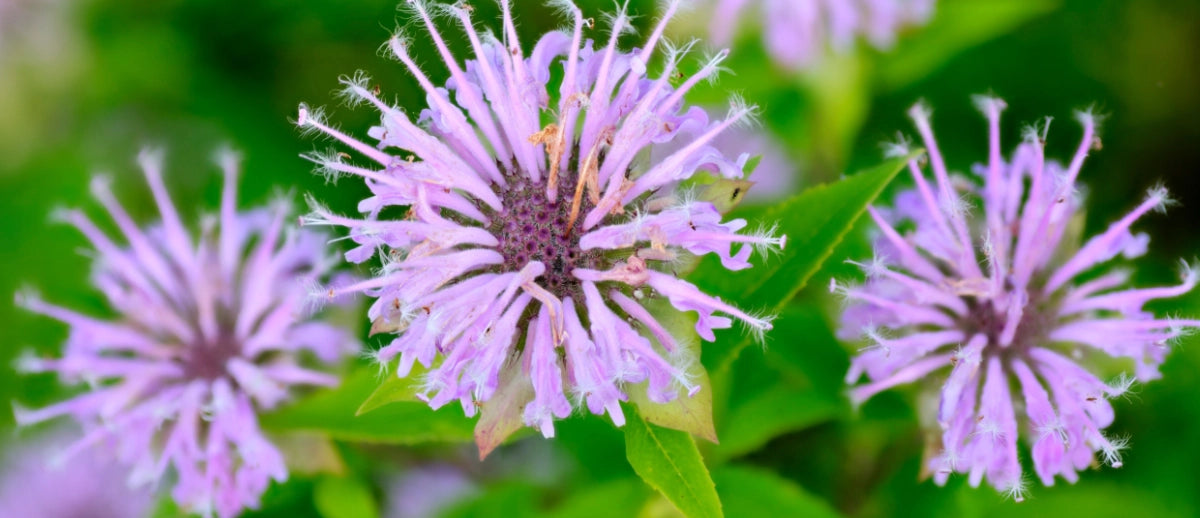Now that we've introduced you to the different types of bee balm, and helped you choose the right spot, you probably want the dirt on growing bee balm from seed. While we did hint that you could toss your seeds into the garden and end up with a few vigorous and spectacular plants, you'll get the most mileage with these cultivation tips:
Site Preparation: For the healthiest, showiest bee balm plants, amend your soil with aged compost and make sure your pH meets the plant's requirements. Moisten and smooth the soil prior to planting.
We typically recommend starting surface-sown seeds indoors to make sure they're properly and safely watered until your seedlings emerge and get a head start.
When to Plant: Direct-sow or transplant when the soil temperatures average 70°F and all danger of frost has passed. Start your seeds indoors 6-8 weeks prior.
Planting Depth: Surface-sow seeds on fine, smooth soil, in peat pots, or nursery trays. Bee balm seeds need sunlight to germinate.
Plant Spacing: Make sure your plants have breathing room to defend against mildew. We recommend a 2' spacing.
Germination Period: 14-28 days. We recommend planting 2-3 fresh seeds per planting location. Cold stratification isn't necessary but we recommended it.
Harvesting: Bee balm makes a great cut flower, and the fragrant flower heads are popular potpourri and sachet ingredients. You can pluck leaves as you need them, or dry entire inverted stems in a warm, dry room with plenty of air circulation.


